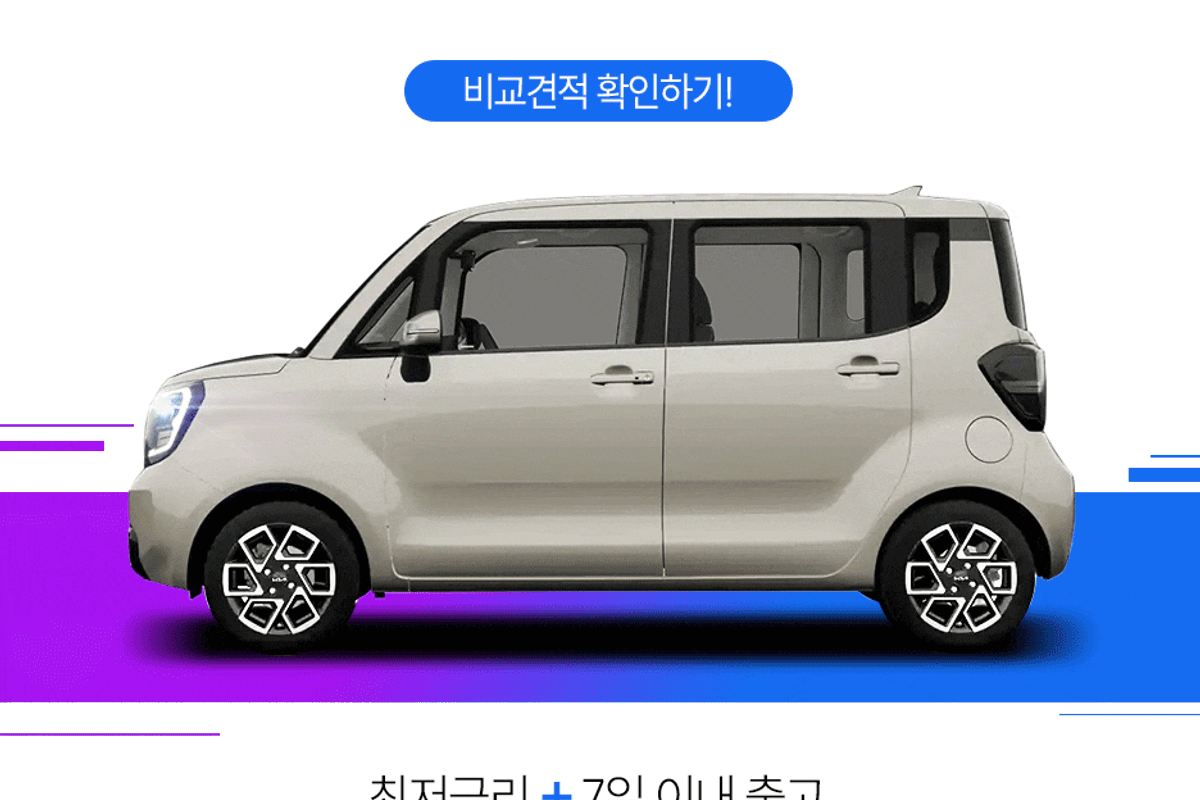The 2024 Kia Ray EV: Subsidies and Product Evaluation
Hello, this is automotive influencer Double View.
Today, I will introduce the Kia Motors compact RV electric vehicle, the 'Ray.'
Since the fourth quarter of last year, battery efficiency issues have emerged amid severe cold,
and concerns about safety have grown primarily due to LFP batteries, leading to a downturn in the electric vehicle market.
However, even during this period, interest in the Ray EV model continues to grow due to its affordable price, excellent maintenance costs (energy efficiency),
and its high roof that allows for camping in the vehicle.
By February, some potential buyers had postponed their purchases due to the uncertainty surrounding the 2024 electric vehicle subsidies,
but with the confirmation of these subsidies, customer deliveries have begun in earnest.
First, let’s take a look at a mock estimate for the 2024 Kia Ray EV Light trim.
Vehicle Price: 27,500,000 KRW (approximately $20,500 USD)
Acquisition Tax: 370,000 KRW (approximately $280 USD)
Bond Discount: 0 KRW (exempt for small cars)
Government Subsidy: 4,520,000 KRW (approximately $3,400 USD)
Seoul City Subsidy: 1,040,000 KRW (approximately $780 USD)
=> Estimated Final Purchase Price: 22,310,000 KRW (approximately $16,700 USD)
While the Ray EV does not qualify for the full government subsidy due to the use of lithium iron phosphate (LFP) batteries,
it still offers a strong price advantage compared to competing models.
Thus, it receives praise for its cost-effectiveness and excellent product value.
Of course, while a price over 20 million KRW (approximately $15,000 USD) may not seem like a large sum for car buyers,
considering that the primary customer demographic for the 2024 Ray EV is the 2030 MZ generation,
it can be said that the initial financial burden is significant.
To gauge owner satisfaction, I reached out to friends, but it seems that most of my acquaintances are in their mid-30s and older... I found only one owner of the Ray RV model.
So, I asked this owner a few simple questions.
The owner chose the Ray for its high roof, suitable for camping, and selected the EV model because the apartment has well-equipped charging facilities and the driving range is adequate.
The owner particularly enjoys driving the Ray EV to the suburbs of Seoul every weekend, noting that the cost of charging an electric vehicle is so low that it encourages frequent outings.
Despite rising prices in other areas, switching from a gasoline model to the Ray electric vehicle has led to savings on fuel costs,
and the owner feels that this change has provided some financial relief.
Moreover, as a compact RV model suitable for camping, it allows friends, colleagues, and acquaintances to create great memories while visiting camping spots along the Han River or in the suburbs of Seoul.
Overall Width: 1,595 mm (approximately 62.8 inches)Wheelbase: 2,520 mm (approximately 99.2 inches)Overall Height: 1,710 mm (approximately 67.3 inches)
Battery Type: Lithium Iron Phosphate
Battery Voltage: 265 V
Battery Capacity: 35.2 kWh
Charging Time (Slow/Fast): 6 hours / 40 minutes
Maximum Driving Range on Full Charge: 205 km (approximately 127 miles)
Tires: 175 / 60R 14 (same for front and rear)
Curb Weight: 1,295 kg (approximately 2,855 lbs)
As mentioned earlier, the application of lithium iron phosphate batteries raises concerns about battery efficiency, especially during winter.
However, the Ray EV demonstrates outstanding performance for its price, attracting an increasing number of MZ generation consumers who choose compact RV models without worrying about others' opinions.
While the previous gasoline model may have been overlooked due to its exit comfort, the EV model feels futuristic and smart, making it worth considering.
With a full charge, the Ray EV can travel over 200 km (approximately 124 miles).
So, I recommend discarding the preconceived notion that you must fully charge the battery at home and efficiently utilize highway rest areas.
The trunk space is quite spacious, and the second row can be folded 60:40, making it suitable for two-person golf outings.
Of course, if frequent trips to the golf course are a priority, a sedan style may provide more stability during highway driving.
However, the allure of the Ray EV model, available at an affordable price and with favorable conditions, seems to be abundant.
As noted earlier, I compared the mock estimate for the 2024 Kia Ray EV Light model,
even though it is the lowest trim, the estimate still comes out to around 23,000,000 KRW (approximately $17,200 USD).
However, for those who have recently started their careers, saving enough money might be a challenge.
For such individuals, I recommend considering long-term rentals through KS Auto Plan, which allows you to use a vehicle without the burden of initial costs.
KS Auto Plan collaborates with over 20 capital companies, allowing them to compare all options thoroughly and provide customers with the lowest price estimates.
This approach has increased customer satisfaction, and during a period of semiconductor shortages, they managed to provide immediate deliveries with vehicles secured in advance,
resulting in high popularity among customers.
As of April 2024, the delivery period for Kia EV models is 4 to 5 months.
Although this is about a month shorter than in March, even if you contract now, you probably won’t receive your vehicle until after the summer vacation.
However, KS Auto Plan has secured stock in advance through early orders of popular models, allowing for delivery within a week after matching inventory.
You can easily request an estimate through their website,
choosing from text, KakaoTalk, or phone for a quick response.
As the number one company for lowest price estimates, KS Auto Plan offers various promotions, including ultra-low interest rates,
so visit their website to take advantage of affordable vehicle options.
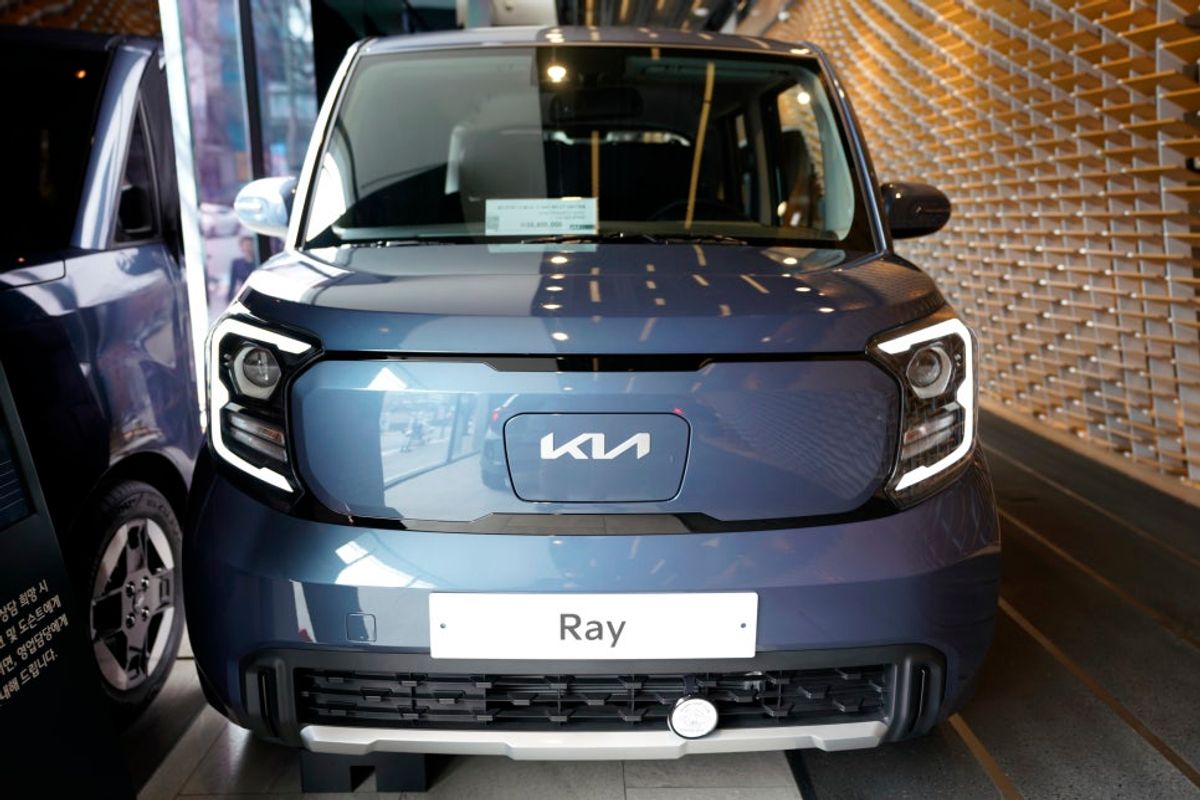
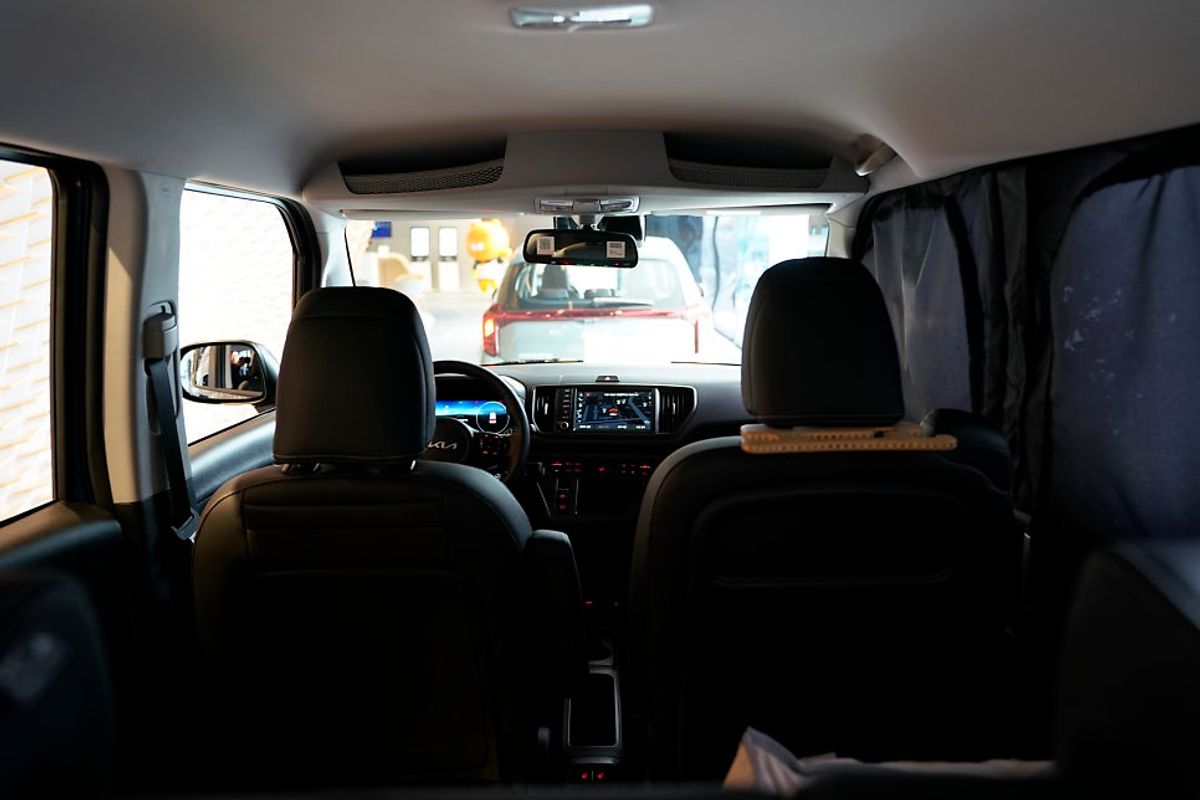
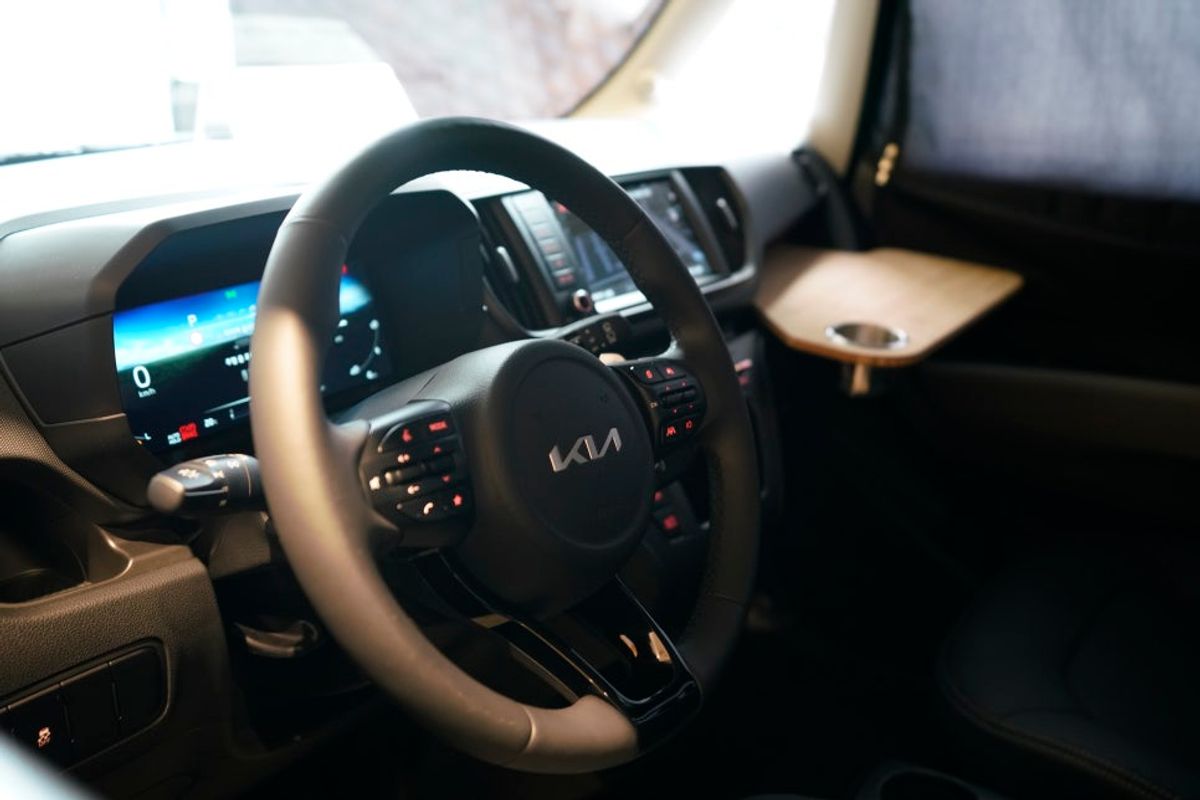

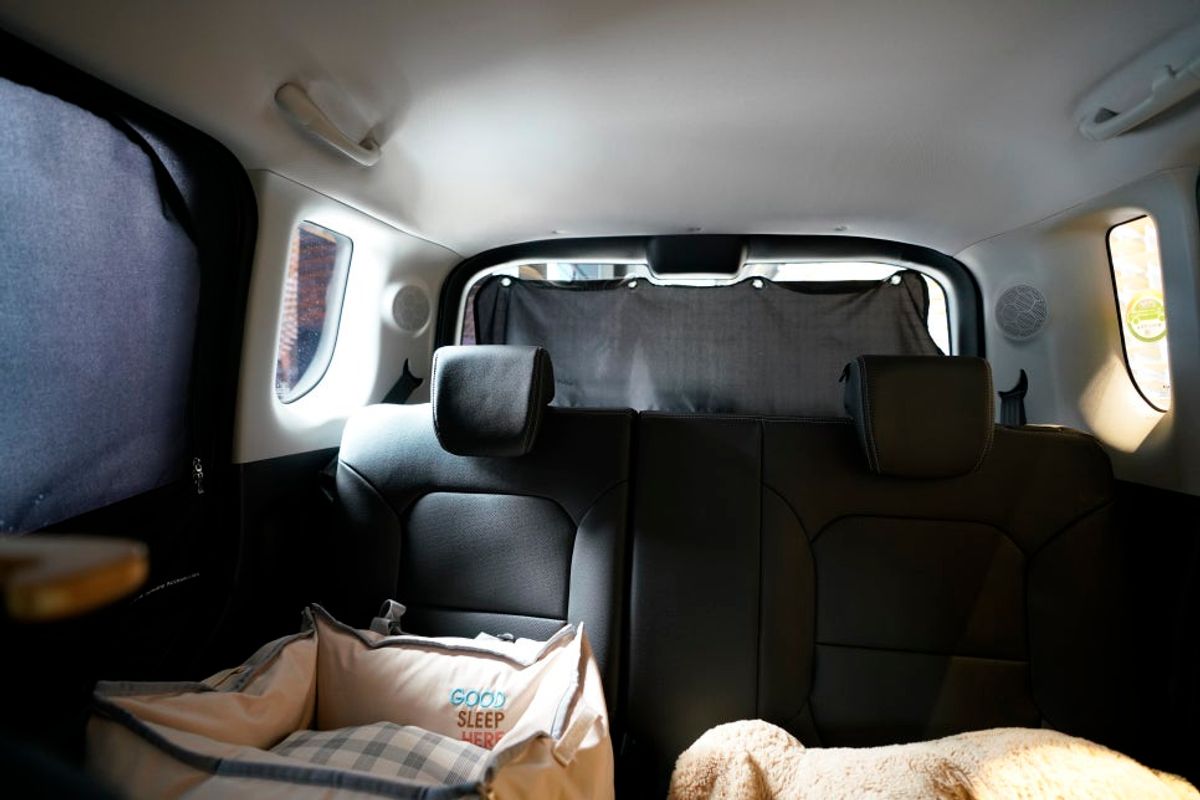
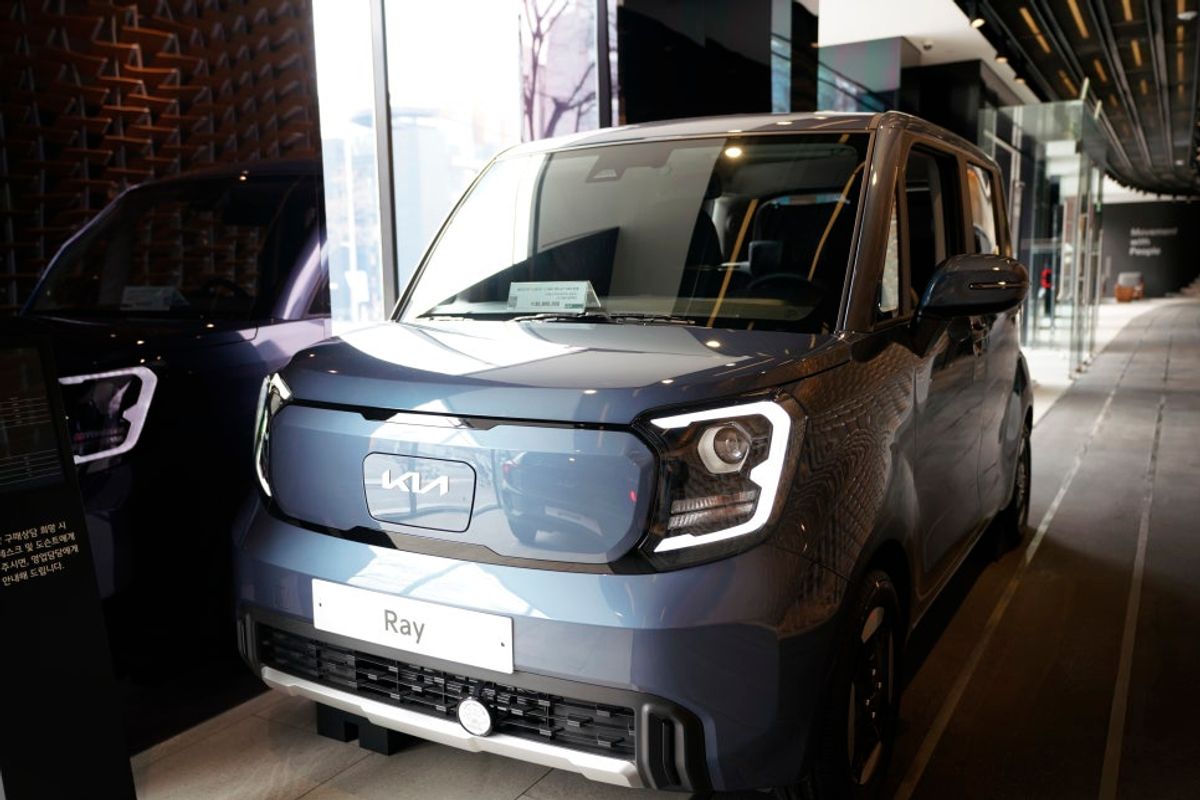
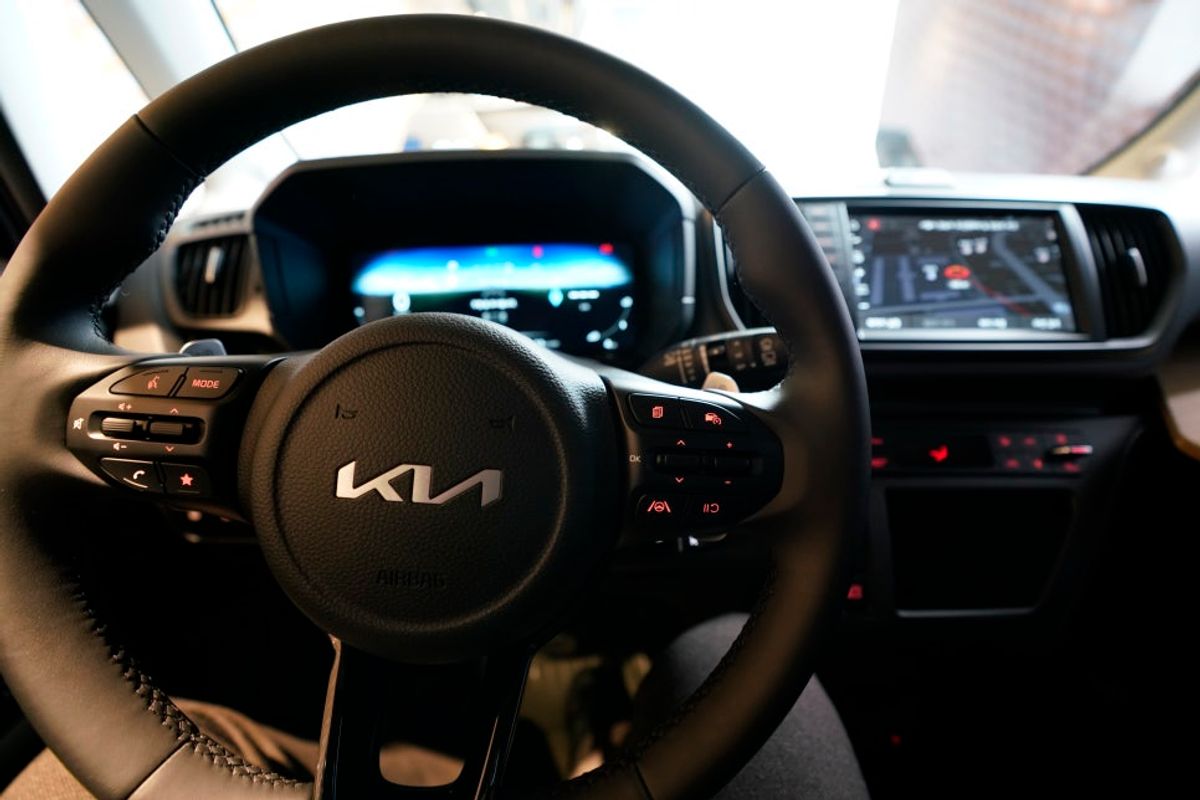
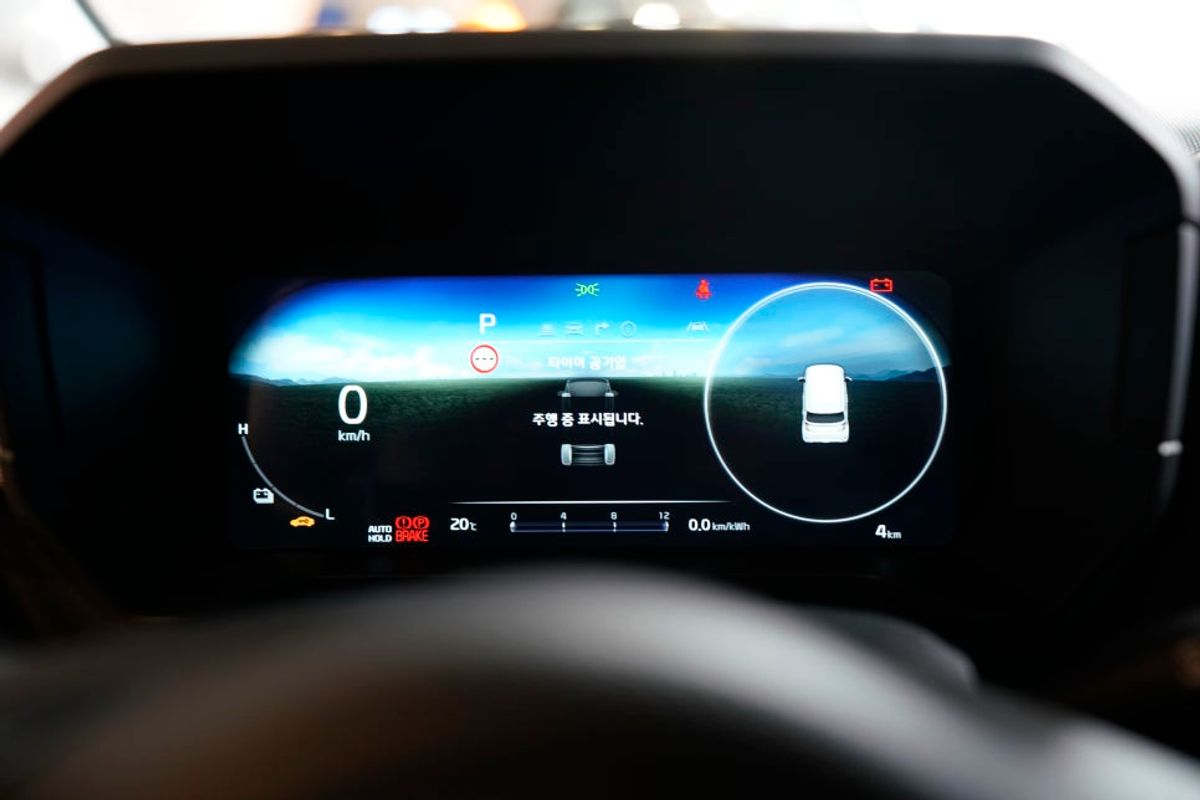
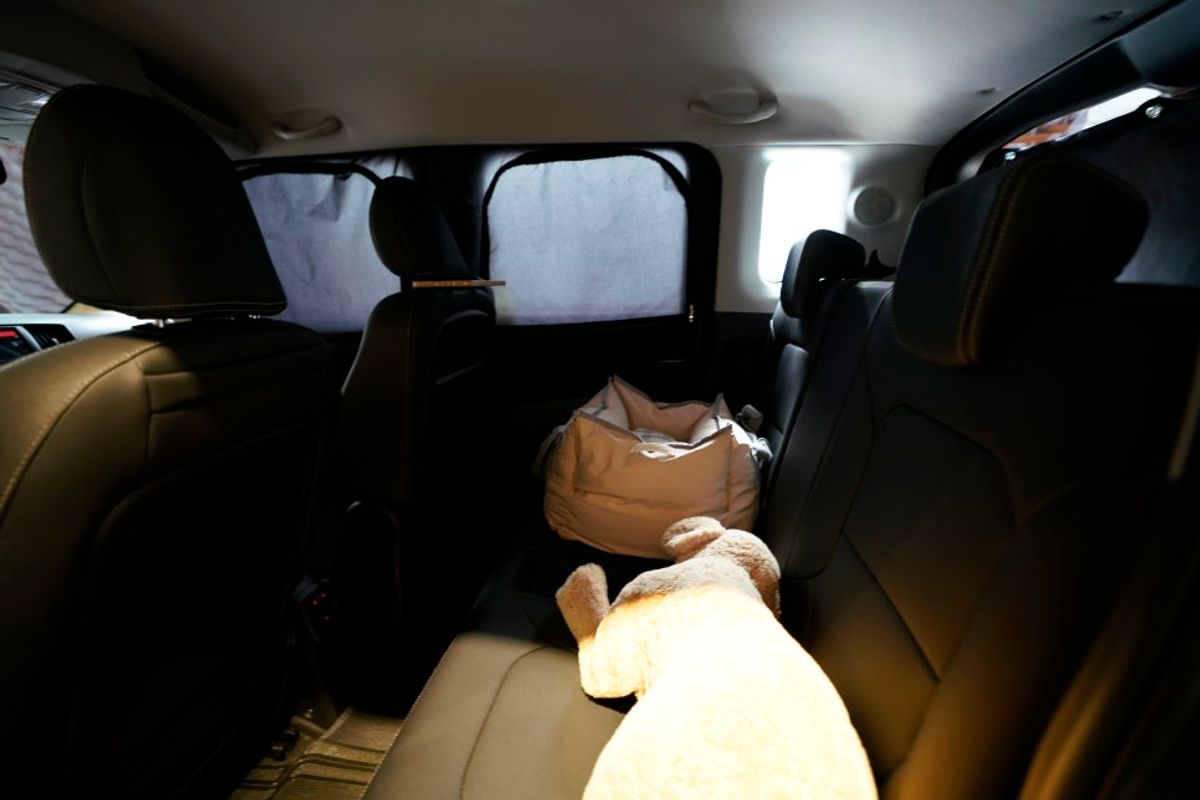
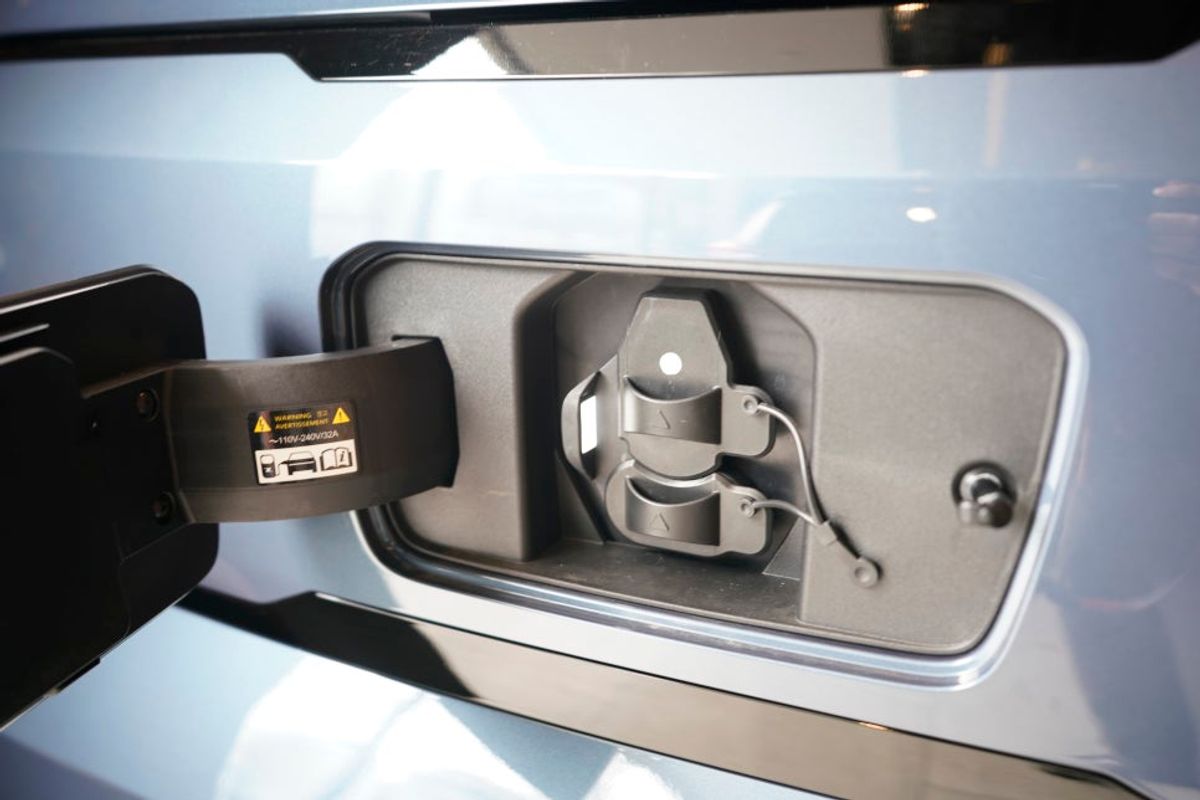
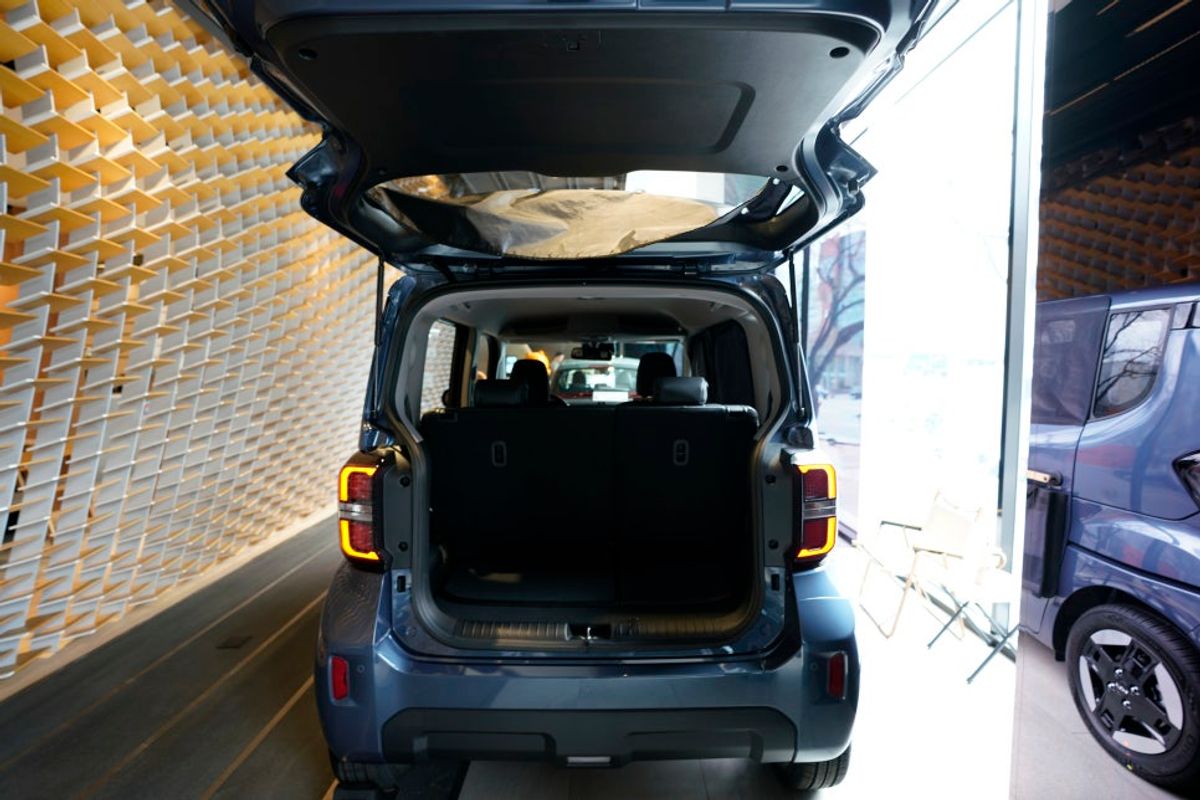 If you have a specific vehicle in mind, it might be worth getting an estimate and making a decision.
If you have a specific vehicle in mind, it might be worth getting an estimate and making a decision.